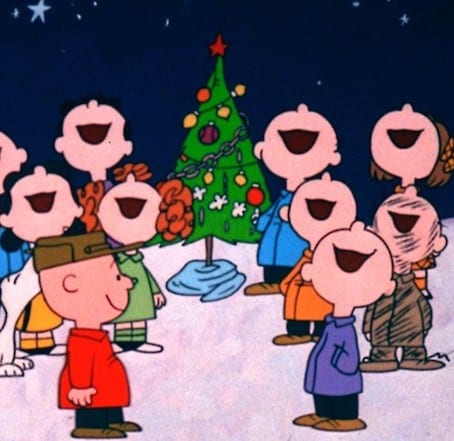
 By Raghu Kodige, Chief Product Officer and Co-Founder, Alphonso
By Raghu Kodige, Chief Product Officer and Co-Founder, Alphonso
At a time when people have more than enough to be upset about, ample anger was still able to be mustered about the Charlie Brown Halloween and Christmas specials being pulled off of broadcast TV for the first time in six decades.
On the face of it, the reaction seemed a little out of place. After all, the specials were being offered for free by Apple TV +– the platform that purchased the rights – albeit during a trial period, and there were other ways to access the content as well.
But ultimately the strong viewer pushback we saw – from angry social media posts to petitions – was not so much about content as it was about the role that traditional linear TV plays.
It was not just that Americans wanted to watch these specials, but that they wanted to watch them at the same time everyone else was. They wanted a shared experience, deriving comfort from knowing that they were participating in and enjoying something that many others were doing at the same time. It had more value as a collective experience than as a solitary one.
was. They wanted a shared experience, deriving comfort from knowing that they were participating in and enjoying something that many others were doing at the same time. It had more value as a collective experience than as a solitary one.
And that goes to the crux of what linear television is and always has been – it is our de-facto national town square.
While we are in the midst of the great emergence of OTT and streaming as the predominant platforms for video content, the reaction to these specials being pulled underscores that viewing trends are as much about content as they are about how people access that content.
Whether it be broadcast, AVOD or SVOD, these are not just content distribution points. Viewers consider and value the entire viewing experience that they deliver – and really only linear TV can deliver that “bring the nation together at one time” experience
So, even though we are seeing streaming time surpass viewing time for linear TV, that does not mean linear TV’s days are over. The platform plays an important role for the viewer and content providers just need to understand its unique characteristics and value and leverage those accordingly in the programming decisions they make
When content and programming looks to leverage the true value of linear TV – as our national “hearth” – the impact of this platform can be heightened. This is a streaming world, no doubt, but we should not have the strong trends in average watch time for streaming create the belief that it is a signal of traditional linear TV’s demise.
Yes, AVOD and SVOD are the efficient and effective way to access the content you want when you want it, but they cannot provide the shared experience that traditional linear TV can. Really, no other platform can deliver this either.
Platforms are not just distribution points. The “medium” itself is the message – to paraphrase Marshall McLuhan – and programmers needs to take the unique characteristic of each into account.
It seems that of all the lessons about life that Charlie Brown has taught us throughout the decades, the Peanuts gang had one more to share – that traditional linear TV is not dead and continues to bring much value to viewers.






